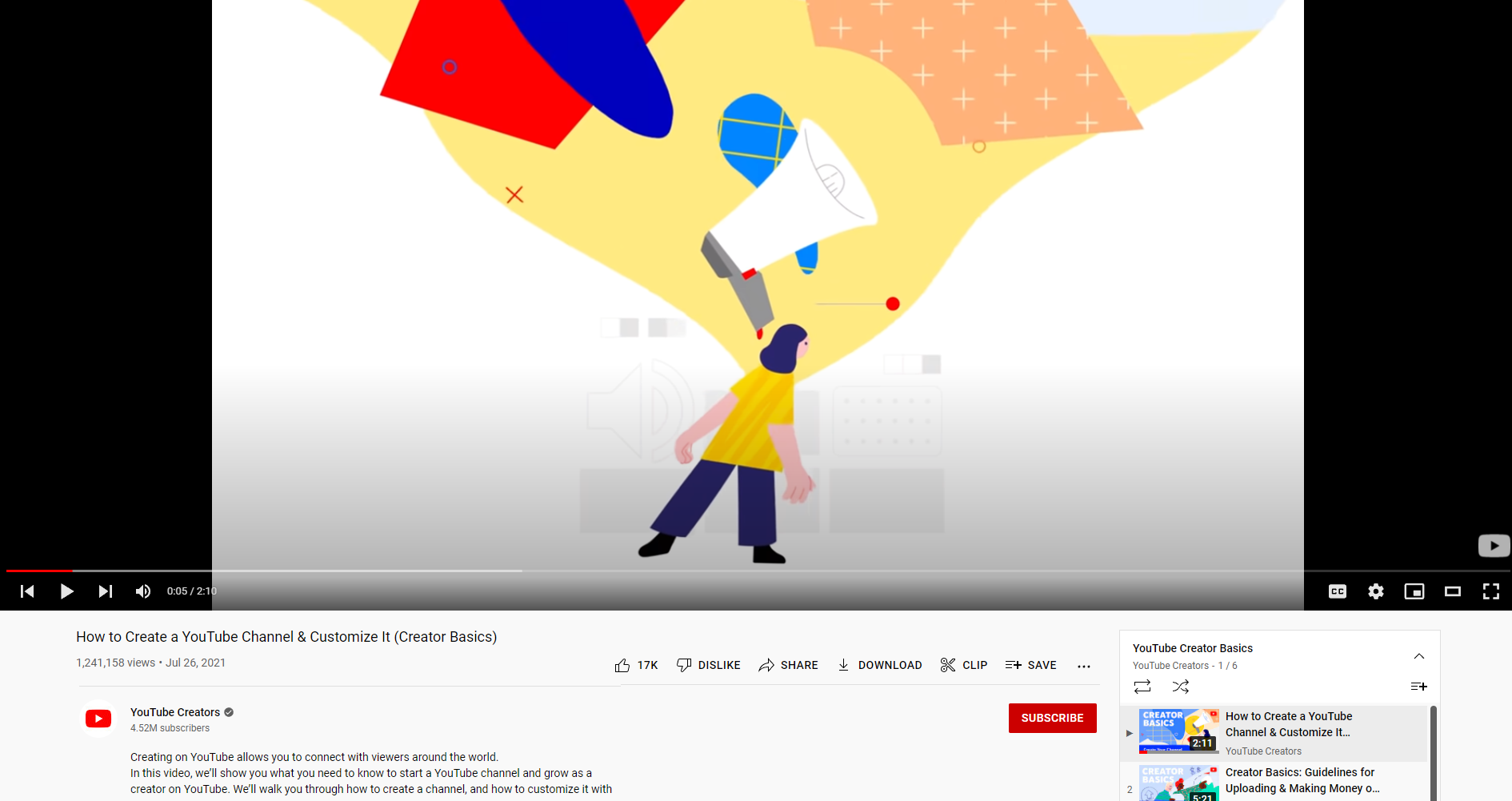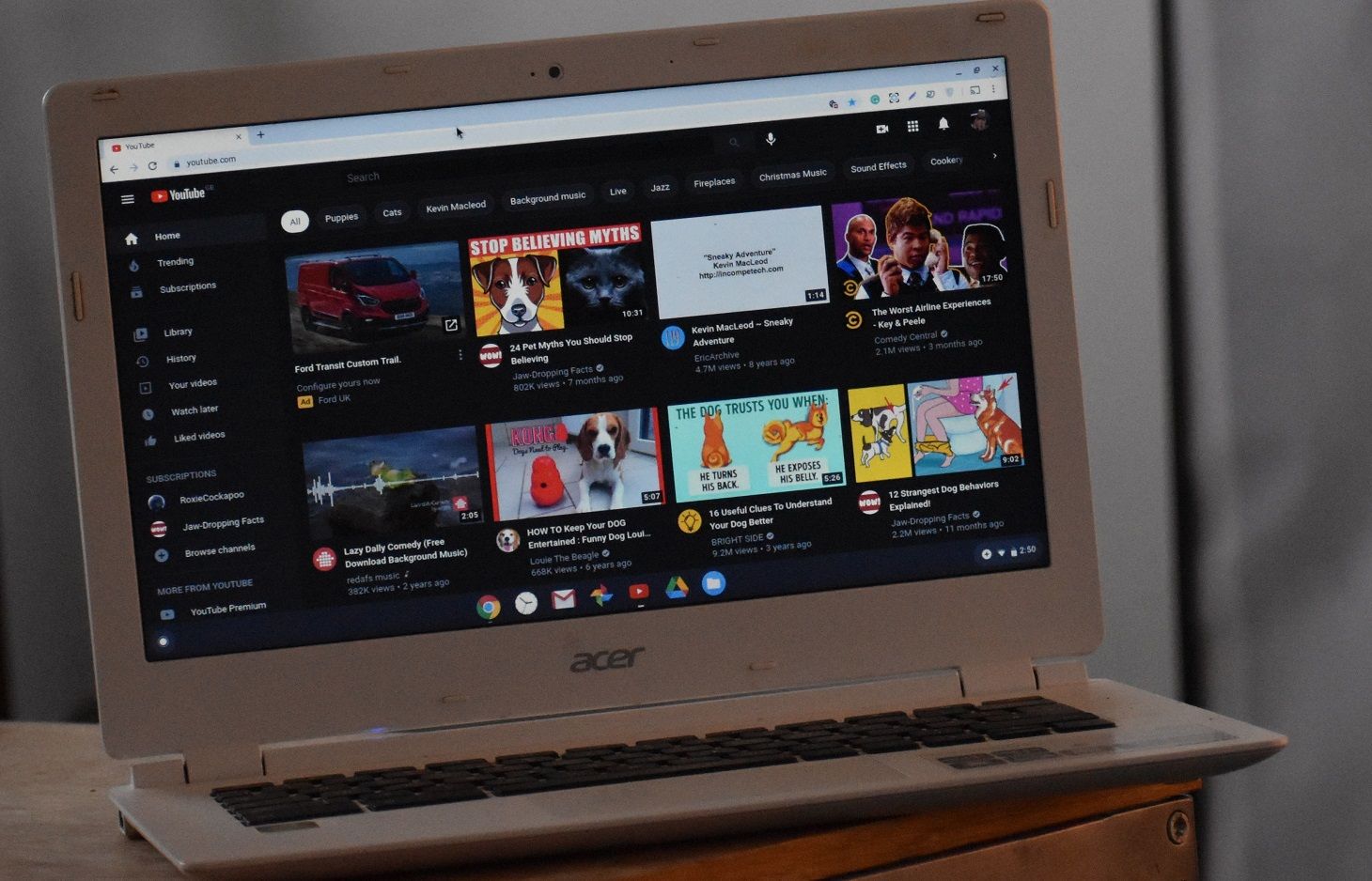
The Social Media Backlash: To Like or Not to Like?

The Social Media Backlash: To Like or Not to Like?
Is there a place for dislike buttons in social media as we know it today? Do dislikes even serve a purpose? When examining the most prominent social media platforms widely used today, you get mixed results.Facebook and Instagram do not have a dislike button. Reddit has a downvote button, and YouTube a dislike one. Twitter doesn’t have a dislike button, but that could change soon as it ran a test allowing some users to downvote.Let’s examine some pros and cons to platforms and their dislike button.
Pros to the Dislike Button Hiding Its Numbers
YouTube recently made waves when it decided to hide the dislike count. The dislike button is still there and visible. You can click it and dislike a video. However, the number of dislikes is hidden. You only see thenumber of likes .
Let’s look at the benefits of not seeing the number of dislikes, starting with YouTube.
Hate Campaigns Leave Less of an Impact
A major reason YouTube shared forhiding the number of dislikes is hate campaigns.
The company explained that hateful campaigns against creators and their content have always been a part of YouTube culture, and they wanted to do something about it.
Since it couldn’t realistically find a way to stop the campaigns itself, YouTube decided to target the consequence they brought—the number of dislikes.
Most of the people behind the hate campaigns feed off the negativity they leave behind. So, by removing the visual confirmation that they’ve left a mark on a creator’s video, they should have no reason to be there at all and disliking in the first place. At least, that’s what YouTube hopes.
These people can still leave negative comments, however. So, YouTube has effectively only taken away one of the tools in their belt.
Also, the creators of the videos garnering the dislikes can still see their number in their analytics. It’s the viewers who have no concept of the number.
Less Stress When Posting

When you post on YouTube, regardless of the subject matter of your posts, you open yourself to criticism from others. Sometimes, that can cause so much stress and anxiety that you put off posting indefinitely.
With the new policy on not showing the number of dislikes, however, that doesn’t have to be such a major issue as it was before.
Sure, the dislikes will still be there in your analytics, but they won’t be there for all to see. And, unless you go looking for them, they won’t affect you. So that can make posting a much more stress-free experience.
It Helps Your Mental Health

Working off of the previous point, not seeing the number of dislikes on the videos you choose to share with the world can be good for your mental health, in general.
Stress and anxiety don’t only occur at the point of posting. Rather, they can plague every step of your YouTube experience. Sure, you can be nervous to click “post” on your video, but those nerves can be with you when you check on the video later on, too.
What’s more, it goes beyond affecting only the poster.
A lack of visible dislikes can spare the mental health of more than just the person who shared the video. It can be good for their audience, too.
If you’re a fan of the YouTuber who’s on the receiving end of a hate campaign, and you see the amounting number of dislikes their video is getting, feeling that’s undeserved, it can affect your mental health, too.
By hiding the dislikes number, YouTube essentially spares both the creator and their fan base of the stress, anxiety, and all the other negative emotions that can arise from being the victim of a hate campaign.
Cons to the Dislike Button Hiding Its Numbers
Let’s talk about the negatives that follow the action of hiding the dislikes number on posts.
You Can’t Discern Helpfulness

By having the dislikes hidden, you can’t tell if a video is helpful or not with a glance.
A lot of people go on YouTube to look for tutorials, guides, and examples of how to do certain things. When you find a video that seems to give you what you’re looking for, checking out the number of dislikes can be actually helpful.
If there are more dislikes than likes, it’s a good indication that the video is not helpful at all. That way, you don’t waste time watching it and can immediately look for another video that better fits the bill.
By hiding dislikes, YouTube essentially took that practical trick away, and now you can’t tell if a video is good or bad off the bat.
You Can’t Tell if It’s Worth Seeing

When the dislikes aren’t visible, you can’t gauge whether a video is worth your time.
The like-to-dislike ratio is a good metric to decide whether certain videos are up to your viewing standards. When that’s taken away, you might get suckered into watching something that’s not worth it at all.
Many YouTube viewers use the like-to-dislike ratio to decide whether to watch a video or move on to another. When you can’t use that ratio to make your judgment, you might get duped into watching something that wastes your time.
Is It the Right Move to Have or Hide Dislikes?
Another important matter to consider is whether having a dislike button is even right for the platform.
Does it make sense to have a dislike button, remove it, or hide the count? Let’s look at two examples: Twitter and Reddit.
Does It Make Sense for the Platform at All?
Twitter is dipping its toes into the dislike pool by introducing adownvote system .
Since it came on the social media scene, Twitter has historically not had anything in the vein of a dislike button. However, it’s potentially looking to change that.
In July 2021, the company announced on its platform that it’s testing out adding a way for users to both up and downvote posts. You could downvote posts, but the number of downvotes a post gets would only be visible to the poster themselves, much like how it works with YouTube and its dislike button.
The tweet shared by Twitter was adamant that ‘‘This is not a dislike button.’’
The company also ensured that this was only a test to see what people wanted, and it hasn’t been decided whether the change would follow or the company would hold off on it. If you don’t like a post, you have the option to skip over it and not like it, or you can reply or quote retweet it and share your opinion on it. So, does a dislike button make sense at all?
You Can’t Imagine the Platform Without It
How can you not have a dislike button if it’s an integral part of the platform?
Since its inception, Reddit has had both up and downvote buttons. People use the downvote to share that the post was bad, unoriginal, stolen, doesn’t fit the topic, or for a myriad of other reasons. Reddit without downvotes wouldn’t be Reddit at all, andusers love the platforms as is.
Going on Reddit today, you’ll find that it has hidden the exact count of the downvote button, like YouTube. But, it has also hidden the count of the upvote one. You can still click whichever button you want to, but you won’t see the exact separate count of the upvotes and downvotes. Instead, you get the sum total of both hovering in the middle.
Downvotes are so integral to Reddit that Twitter’s recent dabble with applying a downvote system on its platform leads people to compare the two social media sites.
Reddit needs the balance of both upvotes and downvotes to be the platform people signed up to use. So, instead of removing the button entirely, it chose to hide the count of both buttons it offers.
Are Hidden Dislikes the Future?
YouTube and Reddit took the path of hiding the dislike count. Twitter is looking to introduce a dislike system. Facebook had a dislike button but chose to remove it.
There’s no clear answer yet on whether dislikes should remain a part of social media or not. As clearly visible, there are both pros and cons to removing the number of dislikes under a post.
Also read:
- [Updated] M1 Pro to M1 Max Understanding the Differences in Apple Computing
- 2024 Approved Keep It Legal How to Convert YouTube to MP4 Safely
- Alter Your Social Media Identity: A Compreenas Guide to Facebook Renaming
- Boosting Digital Safety with 2FA for Email Platforms Like Gmail and Outlook
- Delving Into Your Facebook's Past Conversations
- Innovate Your Online Research – Choose Perplexity AI
- Mastering Facebook Pages: Admins Onboard Guide
- Mondly's Initiative: Groundbreaking Ukraine Language Learning Without Cost
- Platinum Membership Fees at Sony Online Entertainment
- Strategies for Resurrecting Non-Responsive Windows Batch Jobs
- Title: The Social Media Backlash: To Like or Not to Like?
- Author: Michael
- Created at : 2024-10-30 19:08:05
- Updated at : 2024-11-06 17:53:27
- Link: https://facebook.techidaily.com/the-social-media-backlash-to-like-or-not-to-like/
- License: This work is licensed under CC BY-NC-SA 4.0.